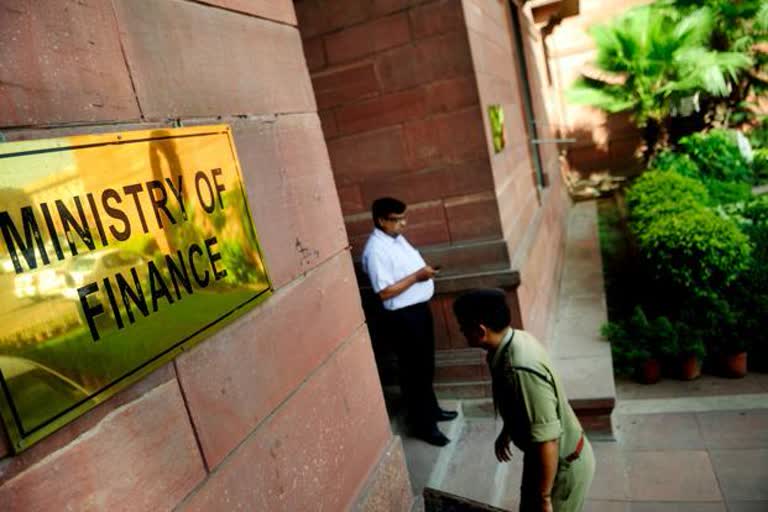New Delhi: Amid concerns raised over growth numbers in the wake of an NSSO report, the finance ministry on Friday said the extent of overestimation of GDP "in all likelihood is marginal" as the proportion of closed and non-traceable enterprises in the corporate affairs ministry's database is falling.
The statement comes against the backdrop of a Technical Report of Services Sector Enterprises in India released by the National Sample Survey Office (NSSO) which said that as much as 36 per cent units forming part of MCA 21 database, used in computing GDP, were either not identifiable or traceable in the field.
MCA 21 is an electronic repository of corporate filings and is maintained by the corporate affairs ministry.
This is the second time in three days that the government has come out with a release regarding the NSSO report. On Wednesday, the Ministry of Statistics and Programme Implementation had issued a release.
The finance ministry on Friday said the technical report has stated that 38.7 per cent of the sample of 35,456 enterprises comprised out-of-survey units.
"Some sections of the media have misinterpreted these out-of-survey enterprises (as classified for the purposes of surveying the services sector) to be enterprises that do not exist in the economy".
"On the basis of this interpretation, the suggestion has emerged that by not removing out-of-survey enterprises from the MCA database, Central Statistics Office (CSO) over-estimates the Gross Domestic Product of the country," the Finance Ministry said in a release.
The ministry also noted that the release is intended to clarify misconceptions.
According to the release, in the 38.7 per cent out-of-survey enterprises in the NSSO report, out-of-coverage enterprises comprise 21.4 per cent.
The out-of-coverage enterprises are simply those enterprises that are not engaged in activities intended for inclusion in the service sector survey. However, these enterprises are engaged in some economic activity, possibly in the manufacturing sector for instance, it added.
"As a result, they cannot be classified as out-of-coverage enterprises for the purposes of estimating the GDP of the country. In other words, the GDP estimates based on the aforesaid out-of-coverage enterprises are very much a part of overall GDP of the country," the release said.
Read more:India seeks greater access for agriculture, milk products, bovine meat in Chinese market
Further, the ministry said that of the remaining 17.3 per cent out-of-survey enterprises, establishments that are not considered in the MCA database for GDP estimation comprise 0.9 per cent. The balance 16.4 per cent are either closed or non-traceable enterprises.
"However, with the continuous evolution of the MCA database, the proportion of closed and non-traceable enterprises has been falling. Thus the extent of overestimation of GDP in all likelihood is marginal," it added.
From 2012-13 to 2016-17, the number of enterprises whose annual returns were not available for GDP estimation accounted for only 12-15 per cent of paid-up capital of all the enterprises in the MCA database.
As such the Gross Value Added (GVA) estimated for the responsive enterprises was increased by a blow-up factor of only 1.13-1.17 to estimate the GVA of the entire private corporate sector, the release said.
According to the ministry, even when there is a small over- or under-estimation, the blowing up affects the level of GDP and not the year-to-year annual growth rates materially.
The proportion of firms in the MCA database that have ceased their operations varies minimally from year to year from 2012-13 to 2016-17.
"This feature ensures that although GVA levels could be slightly more or less than what they actually are, the growth rate of GVA from year to year will not be affected," the ministry said.
On Wednesday, the Ministry of Statistics and Programme Implementation (MoSPI) issued a release saying that an official committee will examine the technical report.
Corporate Affairs Secretary Injeti Srinivas on Thursday said the information reported on MCA 21 are company disclosures and companies have to validate it.
"It is a trust-based system. We have been alive to this problem of data reliability and have been continuously taking steps for making it highly reliable," he had said.
Filings under the Companies Act are submitted to the corporate affairs ministry through the MCA 21 system.



